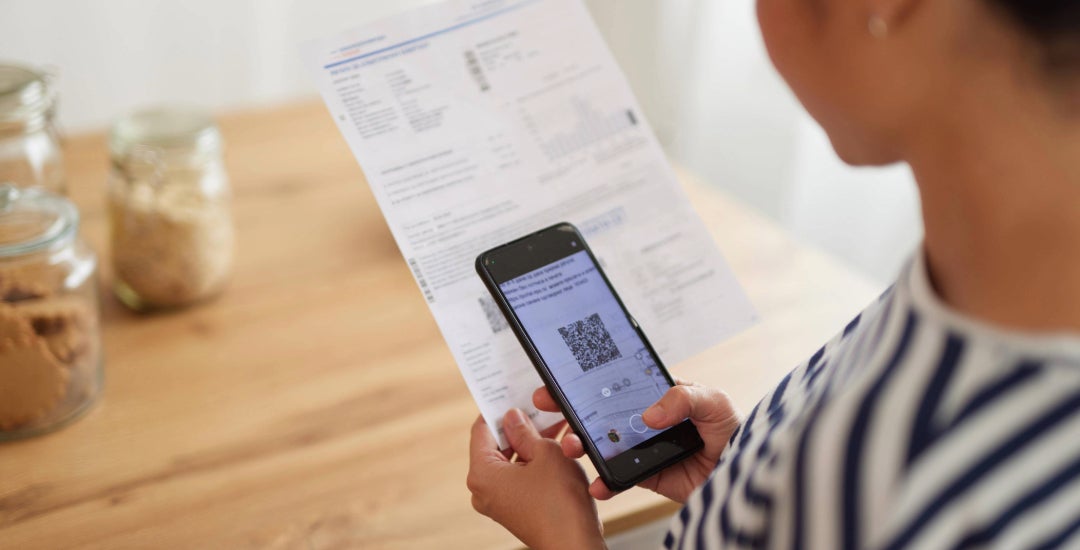As the city and utility companies seek to shore up system infrastructure, the cost of multiple services will continue to be felt by residents for the foreseeable future.
“The rent or the mortgage is often the biggest cost someone is paying associated with their housing, but it is not the only one,” said Dan Potter, director of the Kinder Institute’s Houston Population Research Center and one of the report’s co-authors.
The affordability data, presented in a survey snapshot, was collected in November and December from over 5,000 Harris County residents in the Greater Houston Community Panel.
The second-most common factor impacting housing affordability was severe weather, cited by 67% of those having difficulty paying for housing. (The effects of May’s derecho and July’s Hurricane Beryl were detailed in another recent report.)
Job loss, an unsteady income or a loss of income was a contributing factor for 63% of residents who had trouble paying for housing.
United Way of Greater Houston’s 211 helpline received calls from 83,450 clients in need of its utility assistance program in 2024, nearly 20,000 more than the second-leading need — rent or mortgage assistance. Utility assistance has been the greatest need so far in 2025 as well, with 16,809 calls as of March 17.
Residents were already feeling the pressure before utility costs increased on multiple fronts in 2024.
According to the American Community Survey, the number of households paying over $250 a month on electricity nearly doubled in two years, from 272,588 in 2021 to 526,780 in 2023. Households paying over $150 on gas more than doubled, from 25,136 to 55,944. Households paying more than $1,000 annually on water increased by 32%.
Impact of infrastructure investments
Houston City Council passed Ordinance No. 2021-515 about four years ago, requiring an estimated $2 billion investment in the sewer system. The ordinance allowed an annual increase in water bill rates every April from 2021-2026. In 2024, the average increase was 9%, according to Houston Public Works.
“Water rates going up hurts just as much as eggs at the grocery store or gas at the fuel station. We are really acutely aware of that,” said Houston Public Works Director Randy Macchi in a report by KPRC. “But at the same time, we’re also acutely aware of our mission to deliver treated water to homes to make sure that people don’t have sanitary sewer backups into their showers.”
Delivery charges on electricity bills have also gone up across Texas. In September, distribution service providers increased a mandatory usage-based fee from 3.87 cents per kilowatt hour to 5.35 cents per kilowatt hour. According to CenterPoint Energy, an average household in the Houston area using 1,000 kilowatt hours per month would pay over $50 in transmission and distribution utility charges.
CenterPoint — which announced a $5.75 billion plan to improve its resilience in February — said this marked the first major rate increase in 10 years in a statement to Houston Public Media.
“While we continue to undertake a historic level of resiliency actions and investment to be better prepared for the next major storm, CenterPoint Energy remains committed to affordability, as reflected by the fact that customer rates that pay for the Transmission & Distribution system have remained relatively flat over the past 10 years,” according to the statement.
More increases for utilities could be on the horizon.
Should the Railroad Commission of Texas approve a Feb. 18 filing by CenterPoint, residents would be charged an extra $2.88 per month for natural gas, while high-volume consumers would receive a monthly increase of $61.20. The proposed “interim rate adjustment,” which could go into effect as early as April, would last for an unspecified period of time and would help fund a gas-reliability infrastructure program.
Whether it is utility prices increasing, a weather event that causes property damage or changes to one’s employment, Potter said each of these factors are often an unknown.
Additionally, while most residents have a rough idea of what they spend on electricity, gas or water each month, they may not be tracking it on a daily or weekly basis to prepare for higher-than-expected bills.
“While the price of many things is on the rise, such as groceries, home goods and clothing, those items are bought in advance of using them,” Potter said. “With utilities, they are getting used and then needing to be paid for.
“This helps ensure people have what they need to stay cool in the summer or warm when it’s freezing, but carries an unknown cost that catches us all by surprise from time to time.”


